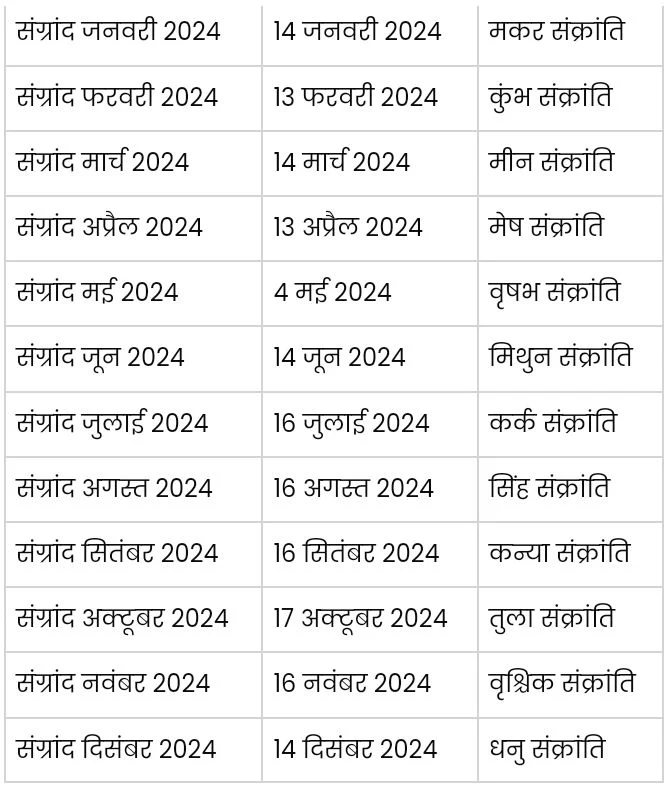List of ekadashi
List of Poornima
The night of the full moon is known as Puranmashi (Pooranmashi or Punia) in Punjabi, while the Hindi term for it is Purnima. During this night, the moon appears as a complete circle, shining brighter than usual. This phenomenon is linked to the moon's orbit around the Earth, with each cycle spanning just over 29 days. Consequently, Puranmashi occurs approximately every 29 days.
In January 2024, Puranmashi falls on Thursday, 25th January, referred to as Poh Sudi Puranmashi. Below is a table listing Puranmashi dates throughout the year 2024.
List of Amavasya
Here's a list of Desi Sangrands and FAQs related to Sangrand, Sankranti, Poornima, Ekadashi, Amavasya for your blog:
### Desi Sangrands:
1. **Makar Sankranti (January 14, 2024):**
- Significance: Celebrates the transition of the sun into the zodiac sign of Capricorn.
2. **Vaisakhi (April 13, 2024):**
- Significance: Marks the beginning of the Sikh New Year and harvest festival in Punjab.
3. **Karka Sankranti (July 16, 2024):**
- Significance: Marks the sun's transition into the Cancer zodiac.
4. **Tula Sankranti (October 17, 2024):**
- Significance: Celebrates the sun's entry into the Libra zodiac sign.
5. **Makar Sankranti (January 14, 2025):**
- Significance: Another occurrence of the festival in the next calendar year.
### FAQs about Sangrand:
**Q1: What is Sangrand?**
- A1: Sangrand, or Sankranti, is the term used to denote the transition of the sun from one zodiac sign to another in the Hindu calendar.
**Q2: Why is Makar Sankranti celebrated?**
- A2: Makar Sankranti marks the winter solstice and the sun's journey towards the northern hemisphere, symbolizing the end of winter.
**Q3: What is Vaisakhi and its significance?**
- A3: Vaisakhi is the Sikh New Year and celebrates the formation of the Khalsa Panth. It's also a harvest festival in Punjab.
**Q4: What does Karka Sankranti signify?**
- A4: Karka Sankranti marks the sun's entry into the Cancer zodiac sign, highlighting a change in the solar position.
**Q5: Significance of Tula Sankranti?**
- A5: Tula Sankranti celebrates the sun's entry into the Libra zodiac sign, emphasizing balance and harmony.
**Q6: What is Poornima (Purnima) and its significance?**
- A6: Poornima is the full moon day in the Hindu calendar. It's considered auspicious for various rituals and prayers.
**Q7: Explain the concept of Ekadashi.**
- A7: Ekadashi is the eleventh day of the lunar fortnight and holds significance for fasting and spiritual practices in Hinduism.
**Q8: What is Amavasya and its importance?**
- A8: Amavasya is the new moon day when the moon is not visible. It's a time for introspection, prayers, and performing rituals for ancestors.


